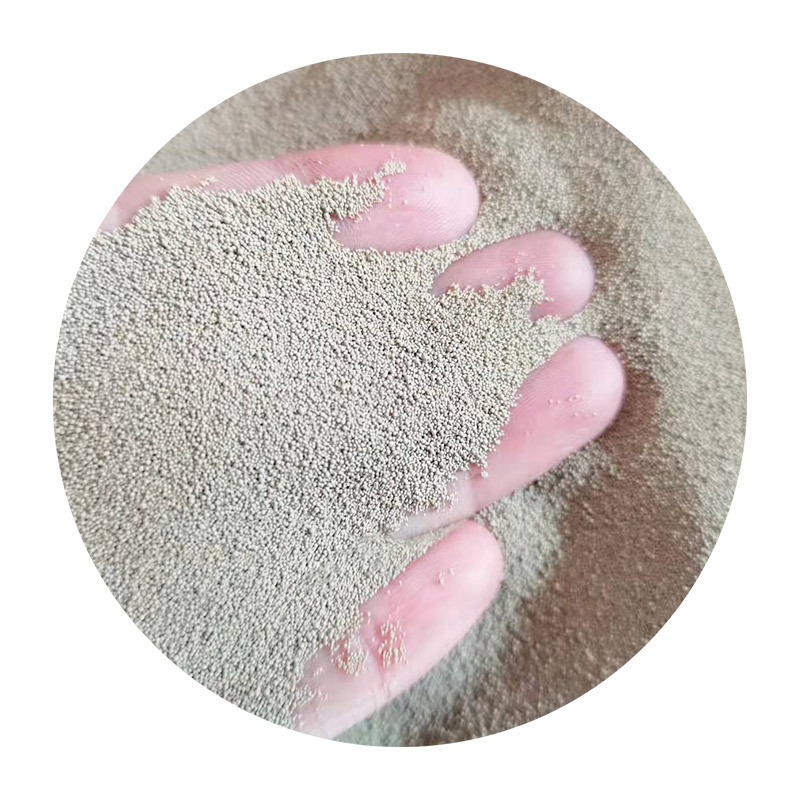Understanding the Accuracy of Sand Casting
Sand casting is one of the oldest and most widely used metal casting processes, which offers a versatile and cost-effective means of producing complex metal parts. Despite its age, the question of accuracy in sand casting remains pertinent, especially as industries demand higher precision components. This article delves into the accuracy of sand casting, exploring its factors, advantages, disadvantages, and applications.
What is Sand Casting?
Sand casting involves creating a mold from sand, which is then filled with molten metal to form a part. The process typically includes several steps pattern making, mold preparation, pouring, and finishing. Patterns, usually made of metal or wood, are used to create the cavity in which the molten metal is poured. Once the metal solidifies, the mold is broken apart to reveal the cast part.
Factors Affecting Accuracy
1. Pattern Design The design and dimensions of the pattern play a crucial role in the final accuracy of the casting. Patterns must account for shrinkage that occurs as the metal cools. An inaccurate pattern will lead to an imperfect casting.
2. Mold Quality The quality of the sand used and the method of mold preparation significantly impacts accuracy. Fine sand produces better surface finish but may lead to sagging or distortion. Compacted sand molds improve dimensional stability, but they require sophisticated techniques and equipment.
3. Pouring Temperature The temperature at which the metal is poured also influences accuracy. Higher temperatures can improve flow characteristics but may introduce defects such as oxidation or gas porosity, which affect the final dimensions and integrity of the part.
4. Cooling Rate The rate at which the molten metal cools can lead to variations in the final dimensions. Uneven cooling can cause warping or internal stresses, affecting accuracy.
5. Machining Post-casting machining can significantly enhance the precision of sand-cast parts. Common machining processes include grinding, milling, and drilling, which can bring the finished product closer to the specified tolerances.
Advantages of Sand Casting
how accurate is sand casting

- Cost-Effectiveness Sand casting is generally cheaper than other casting methods, particularly for low to medium volume production. The sand molds can be reused, reducing material costs.
- Flexibility This method can accommodate a wide variety of metals and alloys, making it suitable for different applications, from automotive parts to artistic pieces
.- Complex Shapes Sand casting can produce intricate designs that would be challenging or impossible to achieve with other methods.
Disadvantages of Sand Casting
- Dimensional Tolerances While sand casting can achieve reasonable accuracy, it generally falls short of the tight tolerances required by some industries. Typical tolerances range from ±0.5 to ±2 millimeters.
- Surface Finish The surface finish of sand-cast parts tends to be rougher compared to those produced by processes like die casting or investment casting. Additional machining is often necessary to improve the surface quality.
- Sand Inclusions Contaminants in the mold, such as sand particles, can become trapped in the casting, compromising its structural integrity.
Applications of Sand Casting
Despite its limitations in dimensional accuracy, sand casting remains popular in numerous applications. It is widely used in the automotive industry for engine blocks, transmission cases, and other components requiring durability. Other applications include the production of housings, pipes, fittings, and decorative items in art and sculpture.
Conclusion
In conclusion, while sand casting may not achieve the precision of advanced casting methods, it offers unique advantages that continue to make it relevant in various industries. The accuracy of sand casting is influenced by multiple factors including pattern design, mold quality, pouring temperature, and post-processing treatments. By understanding these variables, manufacturers can optimize their processes to produce quality castings that meet the needs of their clients. As technology progresses, innovations in materials and techniques may further enhance the accuracy of sand castings, ensuring that this age-old method remains a cornerstone of metal manufacturing for years to come.
Post time:11 月 . 11, 2024 14:20
Next:foundry sand suppliers
